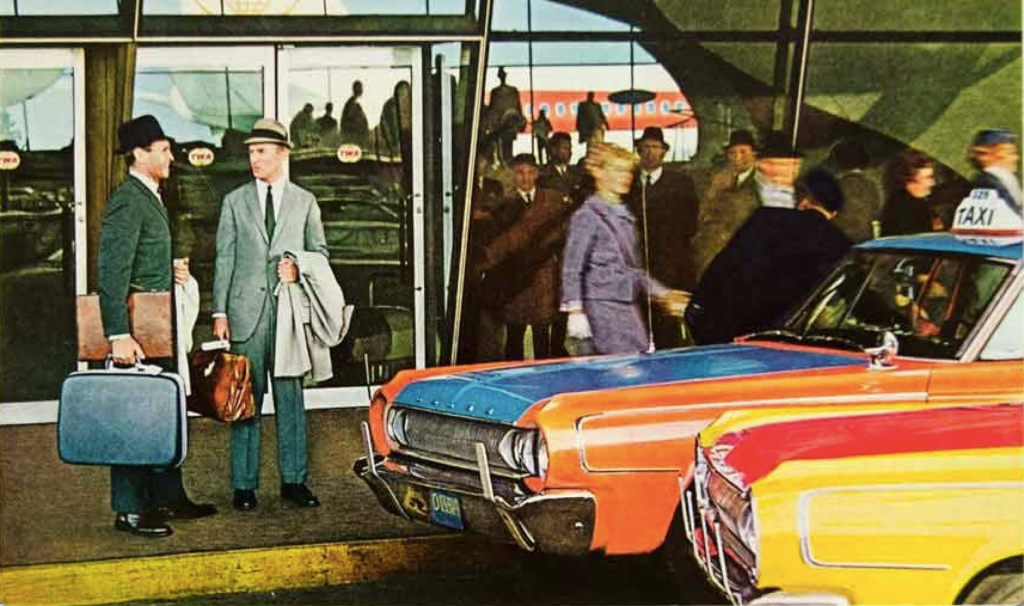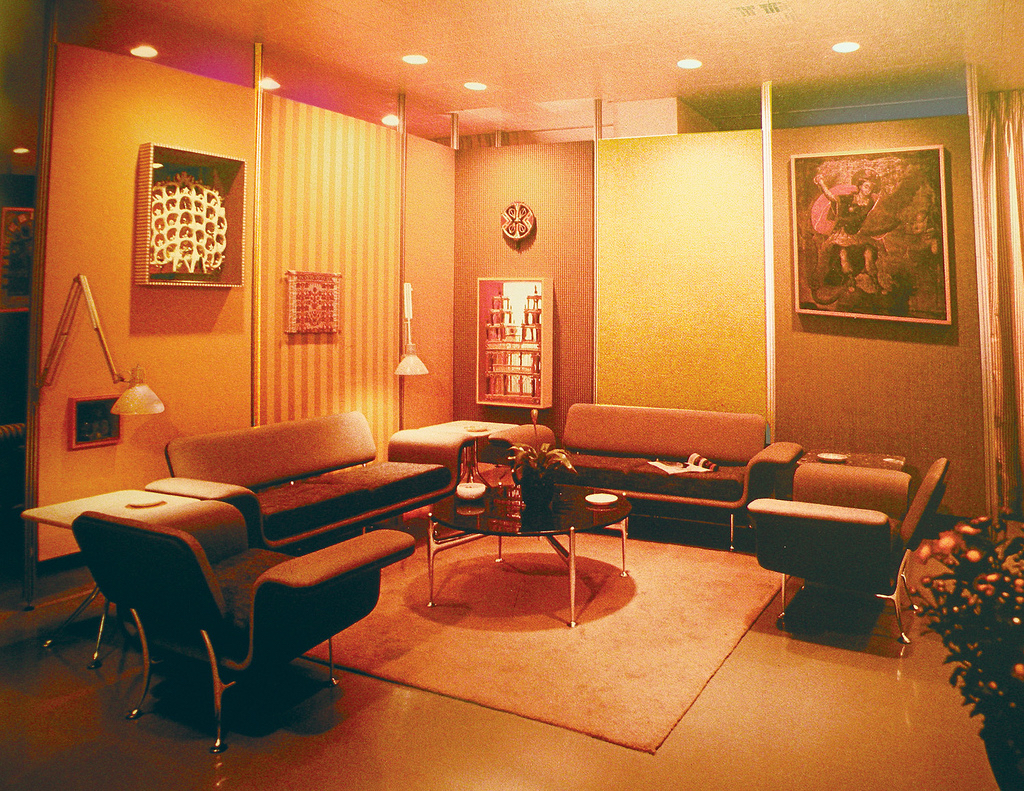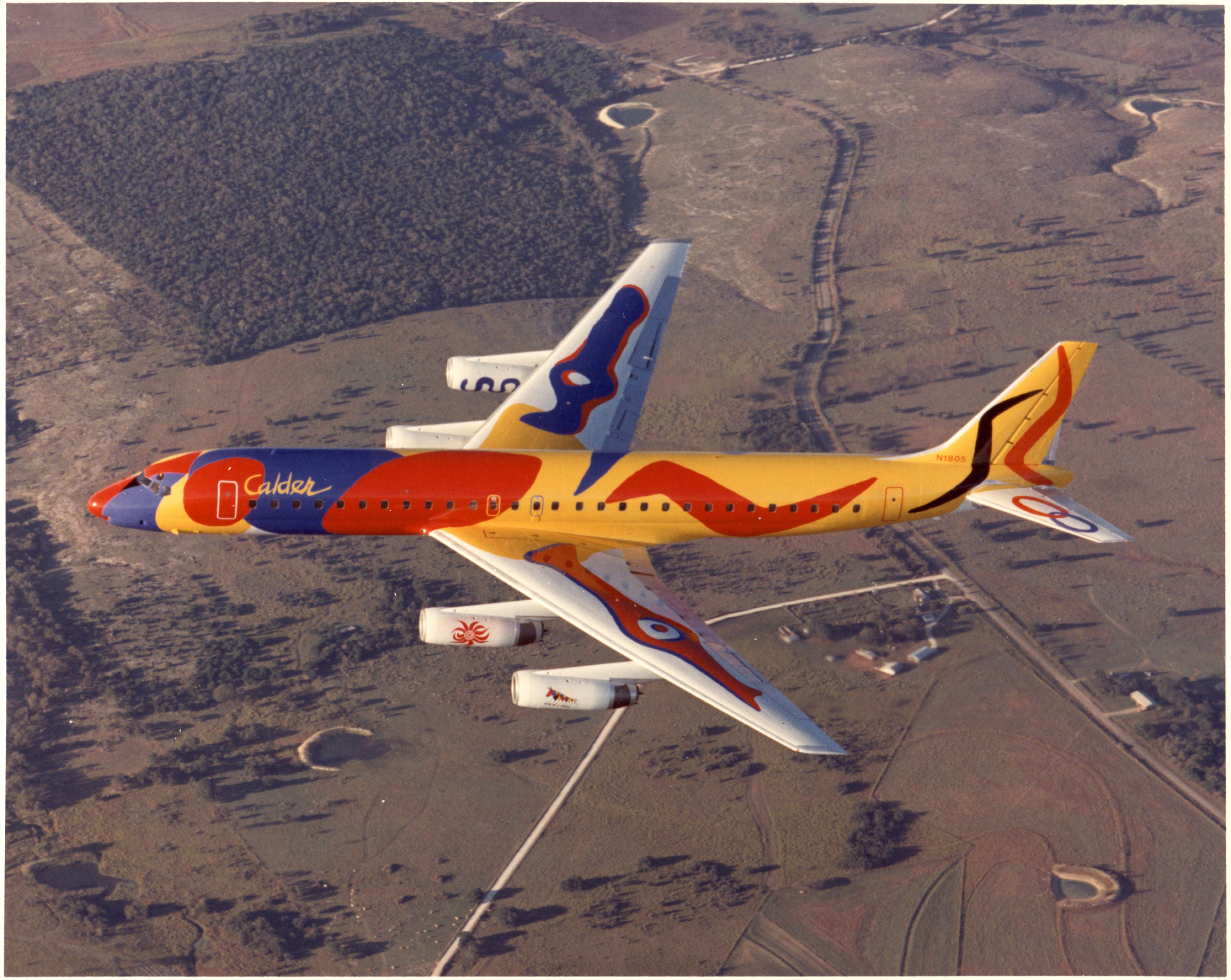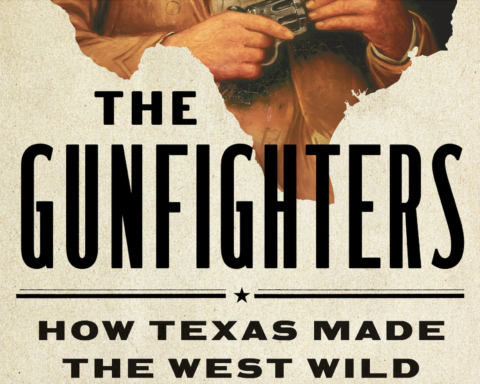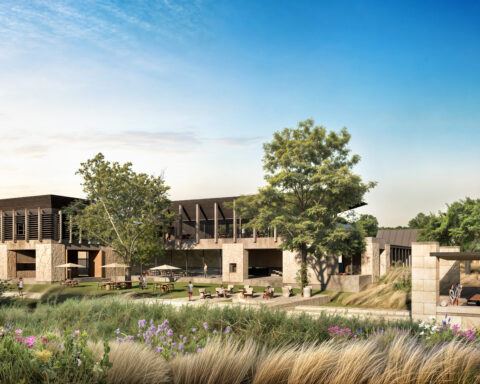Not too long ago flying used to be glamorous, fun and exciting. What changed? The airline industry, popular culture, and a myriad of other reasons. Join our social chronicler William Jack Sibley as we ascend to where the Jet-Set really did live large.

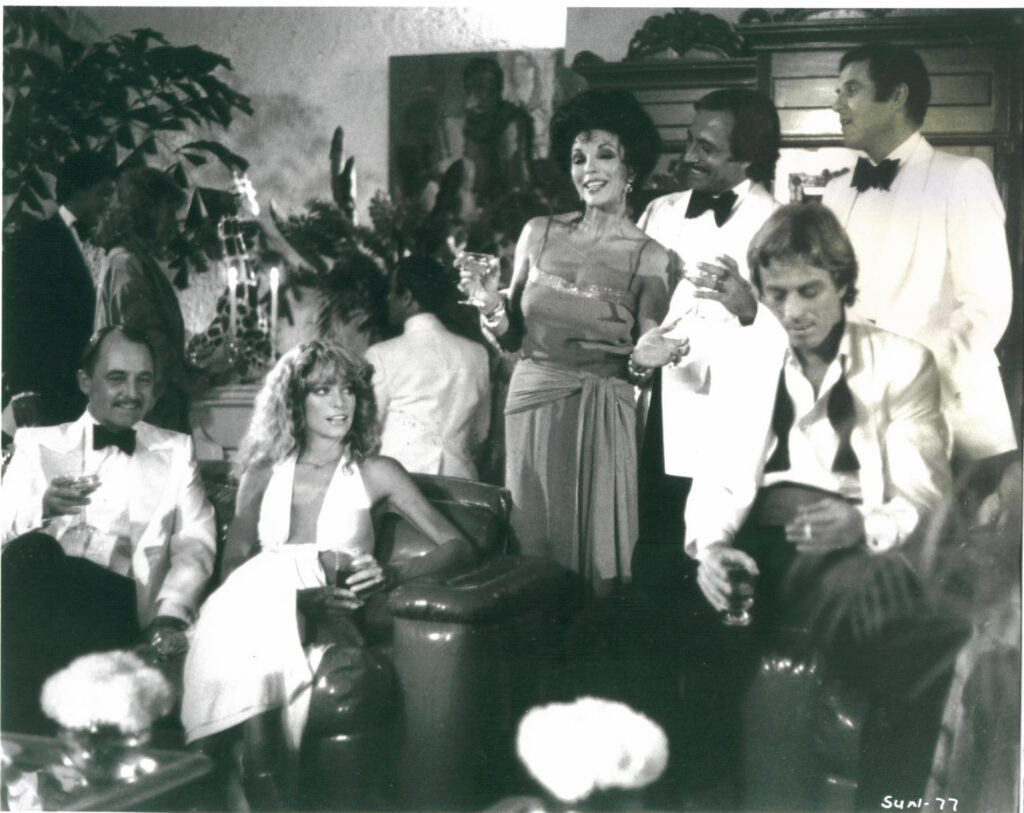
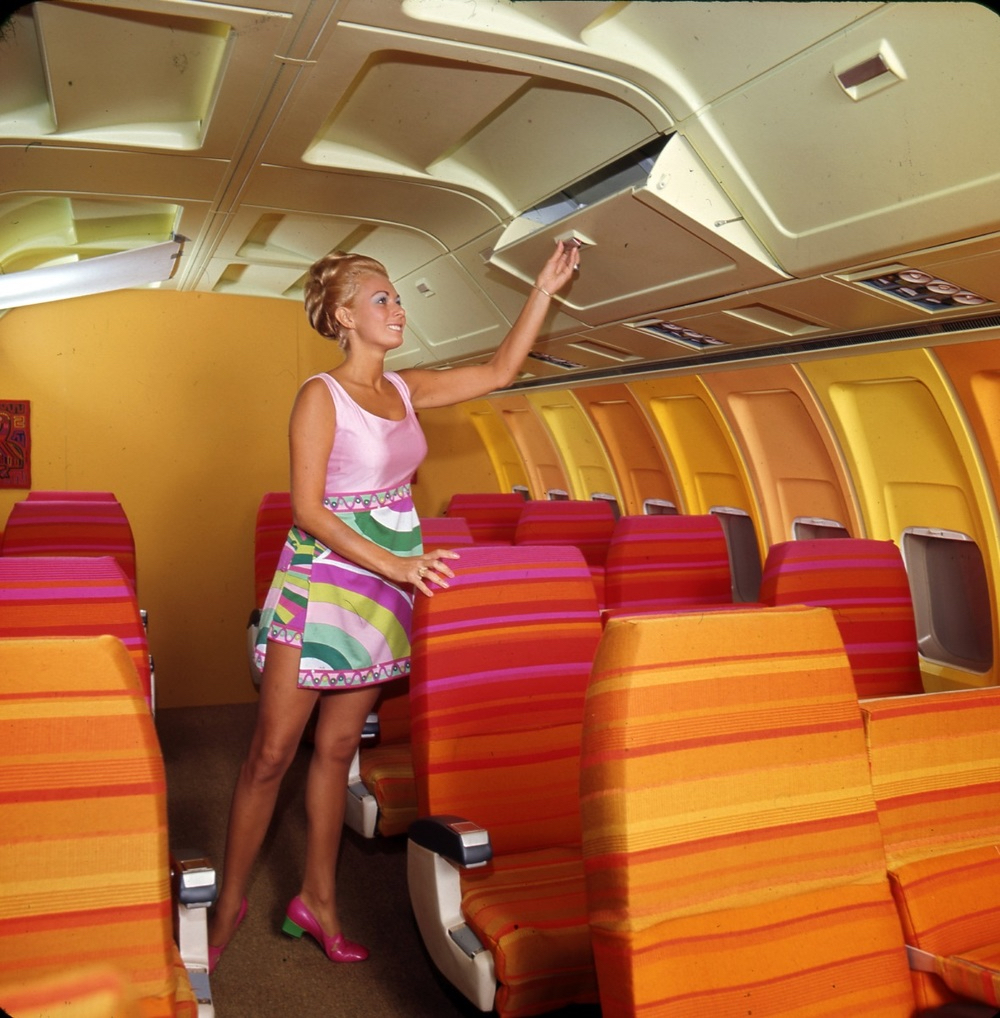
FLY ME TO THE MOON
For five years in the late 70’s, early 80’s I was employed as a “Spanish Speaker” steward for the coolest (then) airline in the world—Braniff International. Braniff was famous for inaugurating “The End of the Plain Plane” in its attention-getting revamped transformation designed by Madison Avenue whiz kid, Mary Wells Lawrence, second wife of Braniff CEO, Harding Lawrence. We were nicknamed “The Jelly Bean Airline” because of the lime green, pumpkin orange, turquoise colors of the planes, the wild Emilio Pucci uniforms and the sassy-meet-classy style of service embodied in the “Braniff strip” where stewardesses changed their uniform several times during each flight. Andy Warhol appeared in the print and TV If You’ve Got It Flaunt It! ads for Braniff. Sonny Liston, Salvador Dali, Playboy centerfolds, and more all were showcased in the airline’s zippy, audacious marketing campaign. In a first ever industry venture, Braniff hired world famous sculptor Alexander “Sandy” Calder to paint one of its DC8’s and named it, Flying Colors. It was a highly original, brassy organization in every way, shape and Crayola-colored airplane.
Braniff employees worked their high-altitude derrières to a fare thee well in order to make it so. A quick primer from the glory days of air travel: Braniff served beer, wine, and cocktails immediately after takeoff (craving a Pisco Sour at three in the afternoon? We’ve got it!) followed by a complete chicken dinner, in coach—from Oklahoma City to DFW—and afterwards, a gratis cappuccino made with real brandy to enjoy with your gratis mini-pack of cigarettes that came on every meal tray. And that kind of professional, exhaustive service happened countless times a day, every day, on a global scale from Amsterdam to Singapore, Buenos Aires to Montreal, Brownsville to Lubbock.
When President Carter deregulated the airlines in 1978, the world changed overnight. Braniff’s route structure increased by 40% in one day—no other airline had ever grown so large, so fast. We even became larger than the legendary Pan Am. In fact, we were the only American airline to fly the Concorde. With our bright orange 747 “Fat Albert” Braniff established an industry world record, exceeding 30,500 flight hours in just under six years. And as in all chimerical dreams—the bubble wasn’t to last. But first, the 1970s.
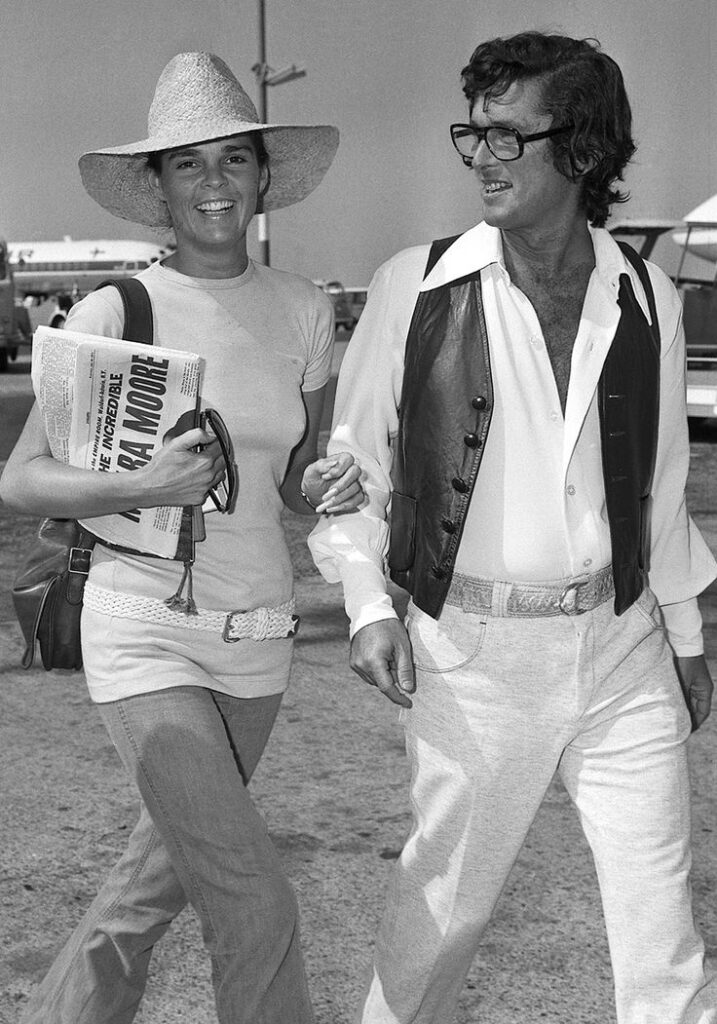
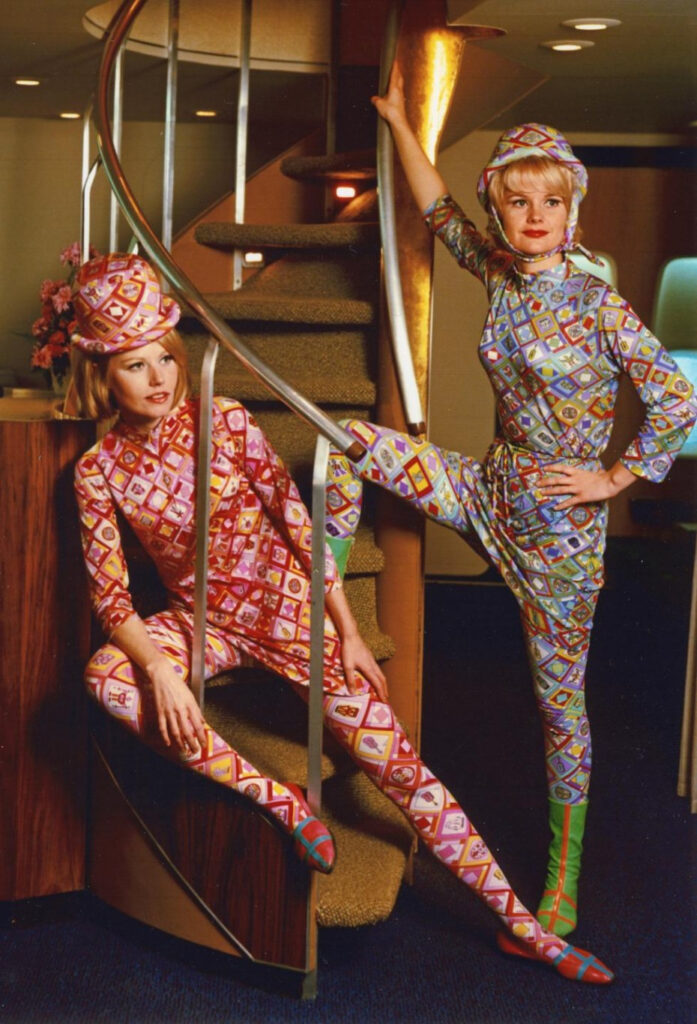
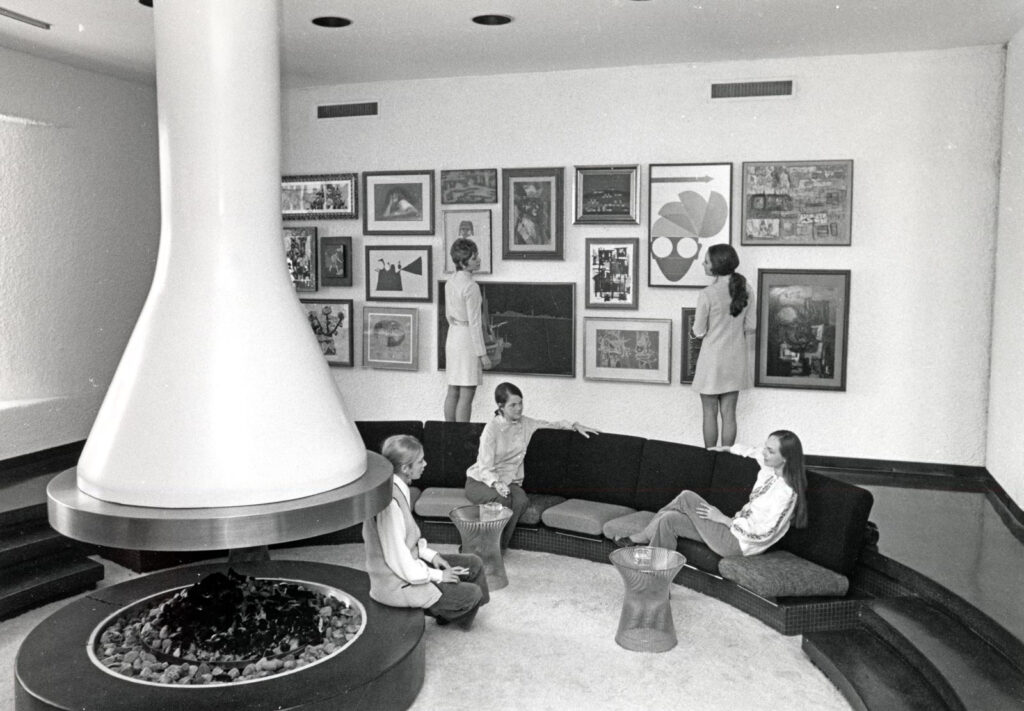
MILES HIGHER CLUB
In 1977 Braniff bid adieu to the swinging 1960s and bon jour to the 1970s that inaugurated the cooler, more subdued beiges and taupes of New York designer Halston. Out went the minis, in came the just below the knee jersey wrap dresses, polyester pantsuits and Ultra- suede overcoats. Flight attendants might have earned subpar pay (stories were legendary in Dallas of flight attendants swathed in Halston cashing food stamps at the nearby Tom Thumb grocery store in Highland Park Village) but damn, we looked great, I sailed into Studio 54 two weeks after it opened because the doorman recognized my mid-calf, ultra-suede overcoat as Halston and apparently assumed I was somebody (everybody was somebody at 54 if you got past the club’s doorman Marc Benecke).
It was a heady time to be working for Braniff. I was in one of the last classes to graduate in the old Pucci uniforms. For the men it was a classic, double-breasted blazer with gold buttons and one gold band on the sleeve – identical to the pilot’s uniform, yet sans those extra “Captain” sleeve bands. (We also wore black “pilot caps” which I loathed because it made me look like some kid playing John Wayne in the film The High And The Mighty). For the women Pucci meant a fruit salad explosion of mini-skirted color and retina-twisting motifs. With Halston, not only did the uniforms drastically evolve, but the plane colors also became darker, richer with chocolate, plum, malachite, cobalt taking the mile-high stage. The silverware, china and stemware changed. The seats became all leather, both in first and coach (Braniff led the way on this now common feature. Rumor was it was the only way the company could get payment from another popular Braniff destination, economically challenged Argentina, by enlisting its processed cow hides).
Because I was satisfactorily fluent in Spanish (thanks to high school and college classes, two summers in Guatemala, a year studying in Puerto Rico) I got assigned as the Spanish speaker on the round-trip flights to Mexico, as well as South American charters. Thus began my Acapulco residency; three days a week, every week, for three years at the beachside Princess Hotel (where Howard Hughes died the year before in the penthouse of the pyramid-shaped landmark).
Acapulco then, unlike today’s crime cartel miasma, was a kind of pinnacle of tropical chic, understated elegance and beautiful people brio. Even today, it is still one of the most romantic, breathtaking bays in the world. A near perfect semi-circle of sandy beaches, Palapa bars, seaside cafes with barefoot beach vendors hawking fresh coconuts, beer, cheap jewelry, and sunglasses were dotted everywhere. On the far edges of the bay magnificent villas perched high atop the rocky cliffs looking like gigantic bird nests. Henry Kissinger, the Shah of Iran’s sister, Hollywood actress Merle Oberon, the World’s Best-Dressed Woman” Gloria Guinness, Dolores Del Rio, Lana Turner, Johnny Weissmuller, John Wayne, and more all had homes here or rented them during the 1970s.
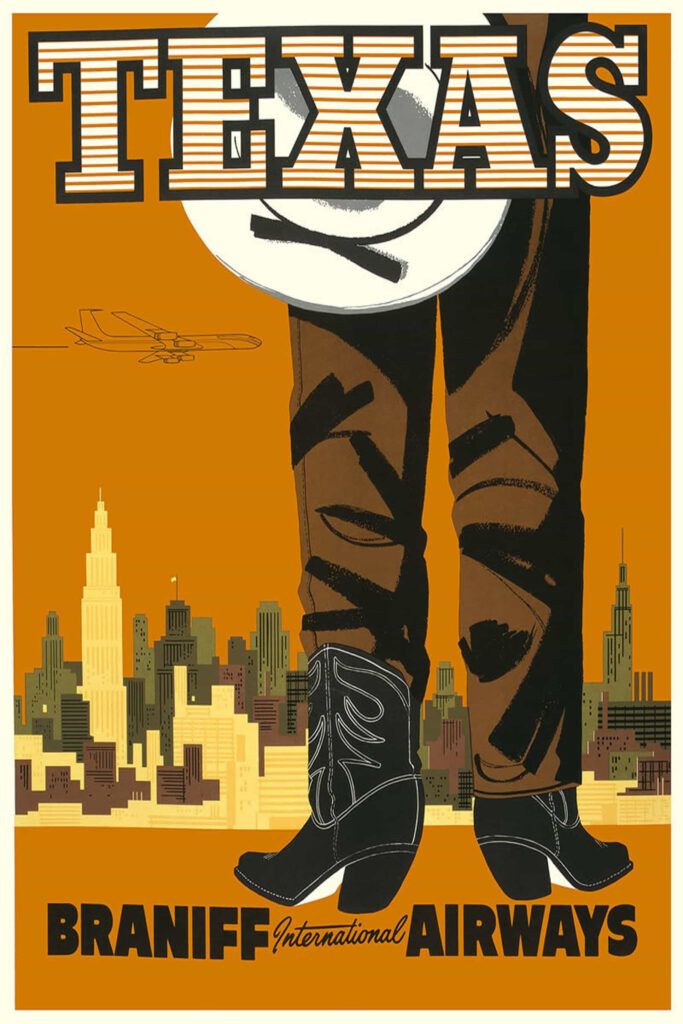
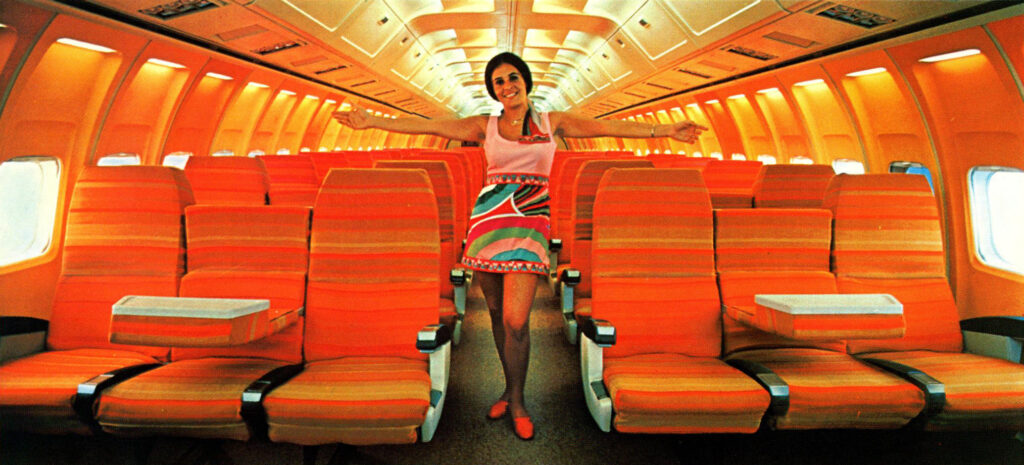
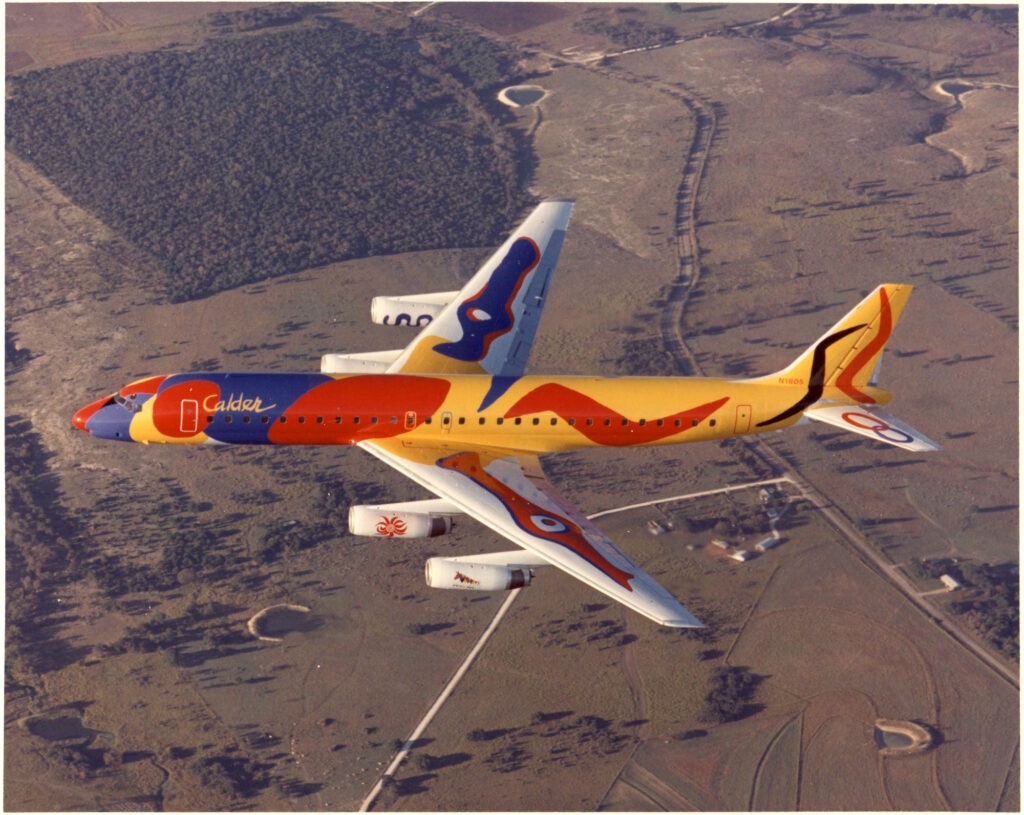
SI, ESPAÑOL
I always worked the First Class section of each flight, the Spanish speaker being the one to make announcements in both languages from the fore entry P.A., handle transit documents and spray the entire length of the plane with insecticide before take-off. (Incredibly, no one ever once complained about being assaulted with Raid. Today there would be a dozen lawyers greeting your arrival stateside for attempted asphyxiation.)
I got to greet everyone. Movie stars, TV personalities, politicians, dukes, earls, barons, marchesas, principessas, honeymooners, surfers, moms and dads on a spree, preachers, teachers, gamblers, hookers – you name it. Everyone off to see the sybaritic, glamorous, hedonistic—thoroughly non-Puritan—Acapulco.
Vintage film star Dolores del Rio never ate a thing, carried a huge stack of the latest magazines and always wore orange pancake makeup (I was told by a Braniff agent that all the old Mexican film stars did this as it concealed wrinkles when photographers took black and white photos of them arriving at the airport.) First Lady, Lady Bird Johnson always liked one margarita the closer we got to landing. John Sebastian from The Lovin’ Spoonful sat all by himself in an almost empty First Class and told me he was meeting a producer that wanted to buy some of his songs. Sloan Simpson, a full time Acapulco resident, model, TV personality and the former wife of New York City Mayor William O’Dwyer, was on a number of Braniff flights and we became friends. She was known locally as “The First Lady of Acapulco” and if Sloan didn’t appear at your party, it never happened. I flew Tina Turner back to the US after a New Year’s Eve spectacular where she’d performed. Not sure who was suffering more on that flight, me, or her. Also, Grace Jones, Lynn Wyatt, Joan Collins…too many to remember them all. For a while there it was a Who’s Who of “somebodies” on each and every flight.
For some reason the Italian dolce vita cognoscenti took a great liking to Acapulco then. Every beach bar, restaurant and hotel lobby was filled with good looking, gente meravigliosa (wonderful people), gesticulating wildly, laughing uproariously, smoking like belching stacks on the Andrea Doria and swaggering madly about as only fearless Italians ever seem to pull off with any success.
The French weren’t far behind. On saw Baron de Redé Rothschild and his wife, Marie-Helene only in passing, their comings and goings apparently so exclusive no one was ever invited to accompany them. But I did meet a Comte (Earl) or a Vicomte (Viscount), not sure which, lounging by the pool at the Princess who told me he’d been awaken at dawn by a small earthquake, his first, and he ran excitedly to the window to see if the palm trees were falling on the golf course and broke his toe on a passing chair. Cauchemard! Quite an interesting guy. Sadly, the aptitude for lounging with a complete stranger and talking for hours about absolutely nothing in a perfectly serious way is an utterly lost art.
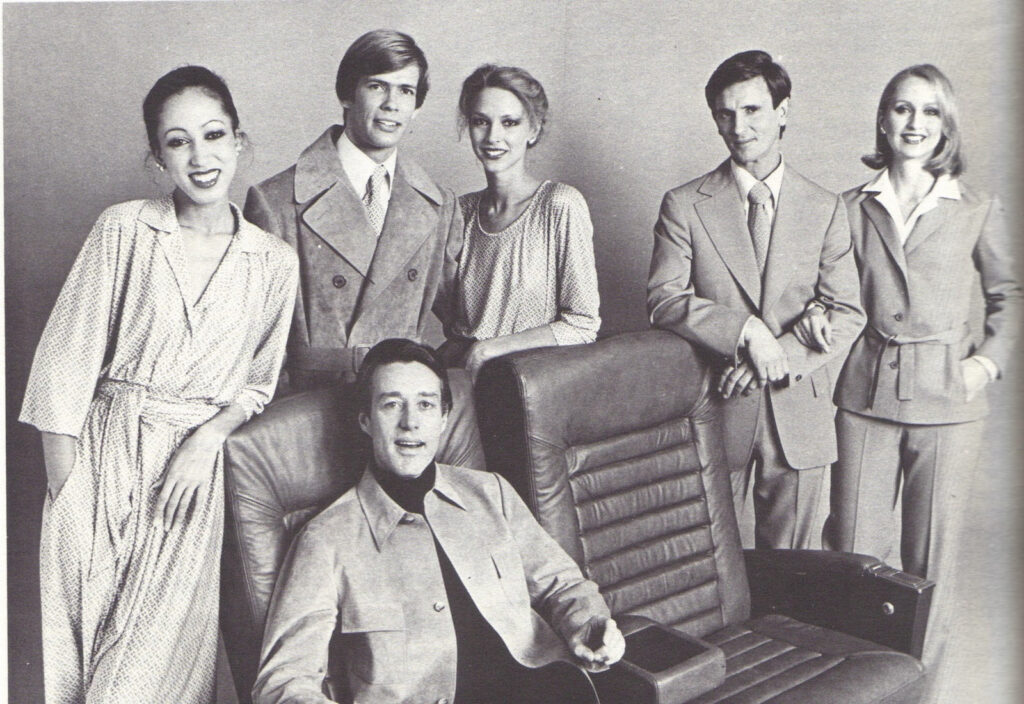
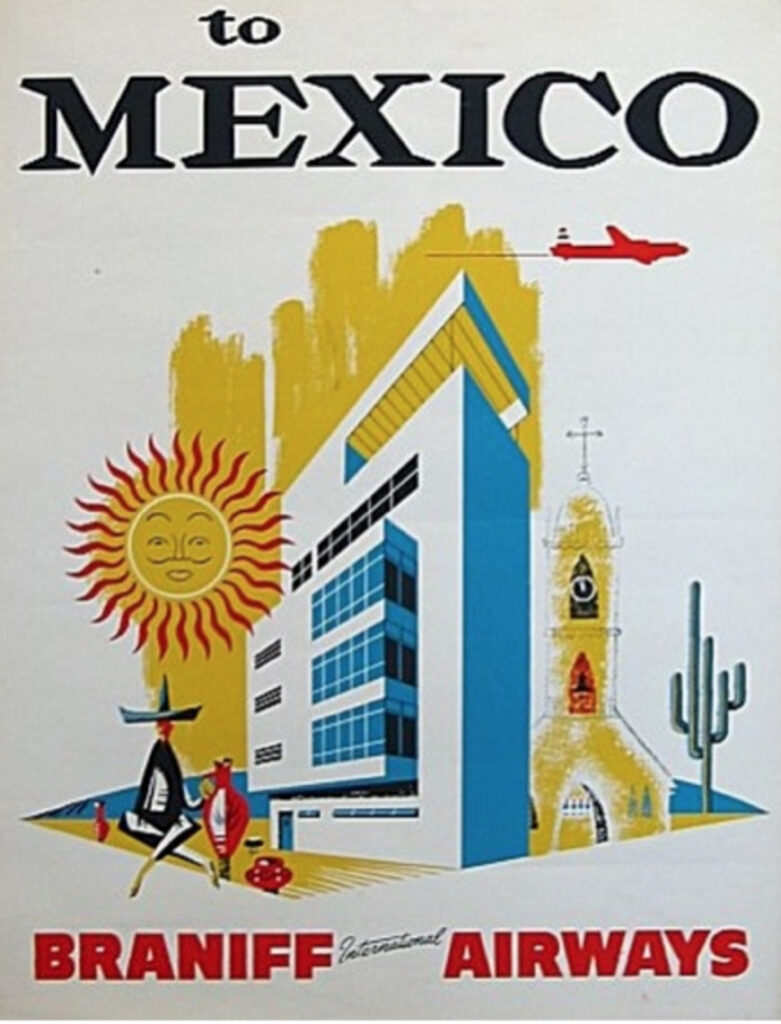
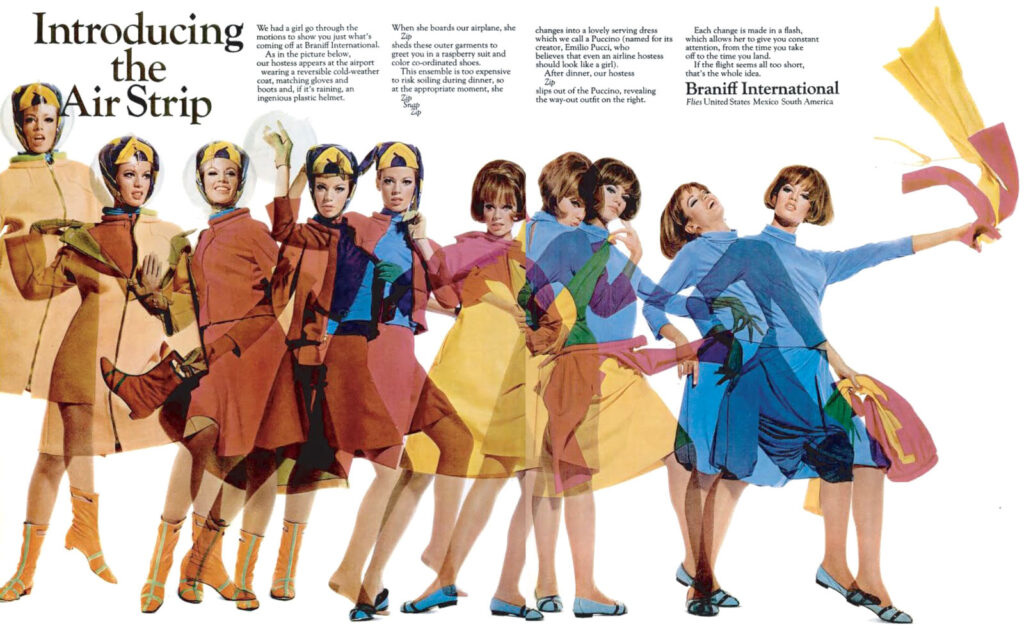
PARTY PLEASURES
On one flight coming down from Dallas I met a middle-aged gentleman from New York who was apparently somebody big in the fashion business. We had brief chats between my fellow flight attendant and me hauling the hors d’oeuvre cart, the salad cart, the Chateaubriand cart, and the dessert cart (avec billowing Creme de Menthe vapor scenting the cabin from a large brandy snifter stuffed with dry ice.) By the time we got to the fruit and cheese cart it was obvious that practically everyone in First Class was friends with Mr. Fashion Business. They were all having a big party for him that night and would I be interested in attending? I thought about it for maybe three seconds and said “Sure, I’d be delighted. Eight o’clock? See you then.”
The taxi pulled up to a charming villa beneath the legendary Las Brisas Hotel, Ocho Caballos (Eight Horses), and sure enough there were eight terra cotta horses prancing along the top of the outer security wall. Not finding an entrance door I felt my way around the side wall till I stumbled onto a small wooden gate in the rear. Stepping inside, I was suddenly in the kitchen patio where a middle-aged woman sat on a stool having her hair shampooed and set by a Mexican lady. Meet Pauline Trigère, French by birth, a renowned-in-her-day New York dress designer who inexplicably took an instant delight in slicing me into bite sized pieces.
“Who are you?”
“I’m a guest tonight. I guess I’m early.”
“You can say that again.” I was wearing what I thought was a cutting-edge party shirt that had Arabic writing on it that I’d bought on the street in New York.
She pointed to my shirt accusingly, “Do you know what that means?”
“No.”
“I do. It’s disgusting. What’s your name?”
“Bill”
“Bill? Like Bill Holden, Bill Buckley – what do you do, Bill?”
“I work for the airline.”
“Of course you do. Do you speak French?”
“No.”
“Of course you don’t. Why are you here?”
“I was invited…”
“Go swimming, you’re early!” The Mexican lady finished her styling and Madame Trigère stood tugging at her bathrobe and shooting me eye daggers. “Never wear anything you don’t know what it means, comprendre?” She turned and hastened off to some far end of the villa, hopefully to take a long, long nap.
No such luck. After a blissful swim in the carved out of solid rock pool jutting into the sea, the best margaritas ever, ceviche and tiny lobster hors d’oeuvres and chatting it up some of the nicest, funniest, most fascinating people ever—guess who I was seated next to?
“It’s Bill Holden, yes? Eleanor, have you met Bill Holden…he speaks Arabic,” Pauline purred. On the other side of me sat another New York icon, fashion PR genius and creator of the International Best Dressed List, Eleanor Lambert. I wanted to crawl under the table and ride away on a tiny camel.
“Arabic? You don’t look Arabic. You don’t look like Bill Holden either. What ar-r-re you wearing?” The shirt that launched a thousand accusations. Wish I still had it. In spite of the few stiff necks in attendance that evening, it was a classic Acapulco party. Beautiful surroundings, beautiful people, beautiful night redolent with intrigue and adventure. Propriety takes a holiday. And then, as always, there was my 6:00am check-in.
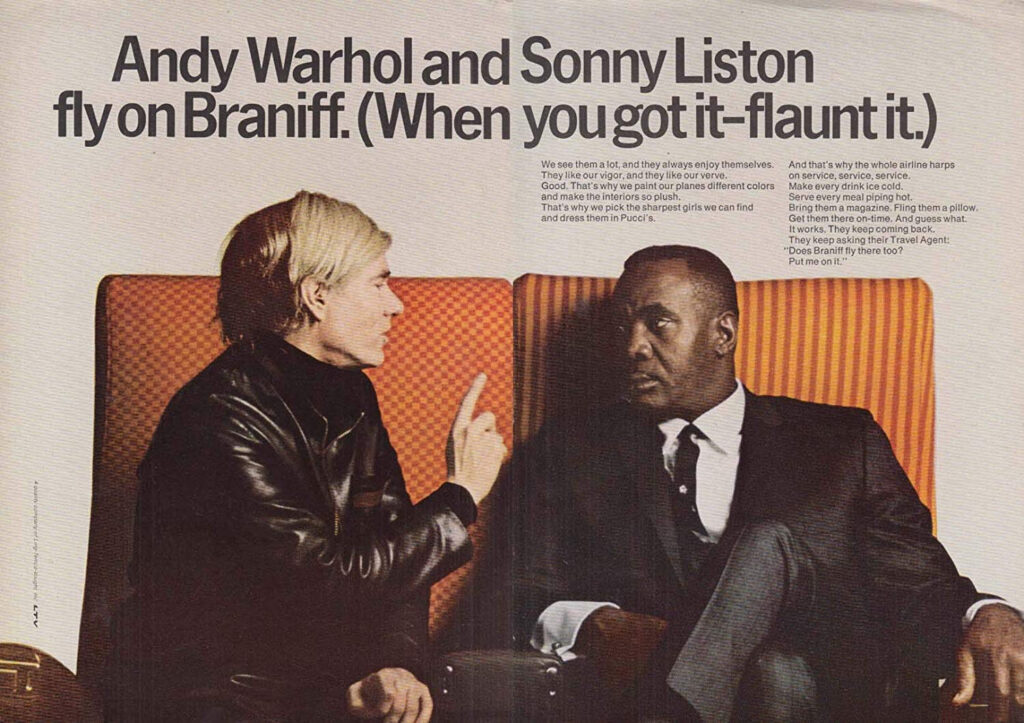

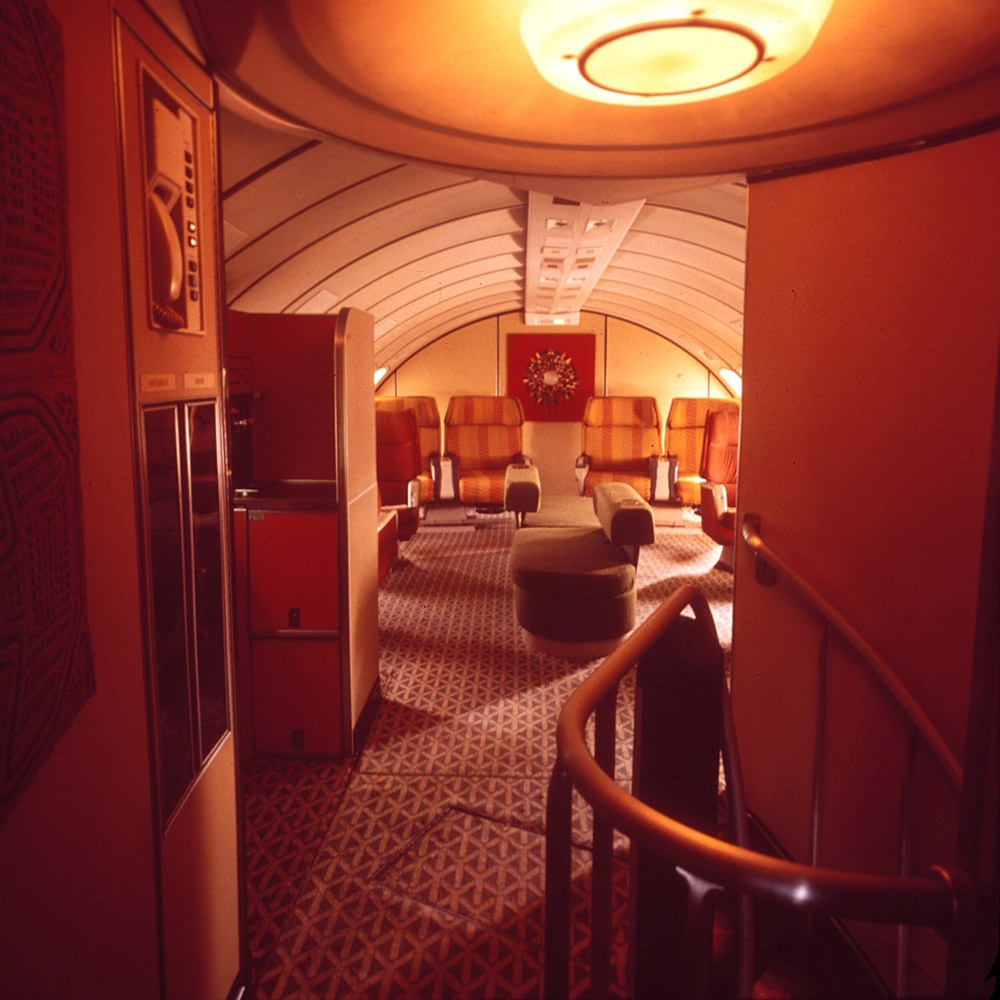
THE LANDING STRIP
When I conjure up Acapulco glamour then versus today’s Kardashian-by-the-numbers. How? Why? Then, I still see Ali McGraw and husband, studio chief Bob Evans, strolling hand in hand out the front door of the mountaintop restaurant, Madeiras, followed by a trio of strolling guitarists trailing behind. I see the gorgeous Farrah Fawcett and the lucky Charles Grodin holding up airport traffic as they shoot a scene in front of the Acapulco airport terminal for their film that no one saw, Sunburn. Then—I’m walking through the lobby of what was once J. Paul Getty’s private estate, the Pierre Marques, and seeing the most heart-stopping sunset of my life and thinking, “Remember this, you have to remember this.”
Braniff folded in 1982—a result of growing too fast, spending too much and planning too little. Like Pan Am, Eastern, TWA, US Air, Trans Texas, Muse, Mexicana, and so many more—these former giants of industry are as vanquished now as the once shimmering, intoxicating heyday of Acapulco.
I’m reminded of a story my friend, San Antonio socialite and long-time Acapulco habitué, Jeanette Longoria, used to tell. She’d occasionally be invited to dinner at actress Merle Oberon’s grand villa, El Ghalal, and the guests would mill and drink and nibble endlessly, but no Merle would appear. More drinking, more appetizers—and still no Merle. Finally, just as the guests were eyeing the front door a vision in a long gauzy Indian caftan would silently appear on the first landing of the stairs and pretend to be studying the floral arrangement there. The gathering below would by now be spellbound by the stylized pantomime. Then suddenly, as if startled by a gust of wind, she’d turn with a shy smile and beam in delight at the gathering as if it were the happiest day in her life. Down the steps she’d float, radiant, an entrance Cecil B. DeMille might’ve directed.
And it never failed to wow. Make your entrance kid, seize the moment. Braniff, Acapulco…then and now. It’s true—we’re only given so many days to bask in the sunshine before night, before expiration puts a date on whatever light that once burned so incandescent, so memorable in the past.
“Acapulco, el problema no fue hallarte, el problema es olvidarte.” (Acapulco, the problem wasn’t finding you, the problem is forgetting you.)
